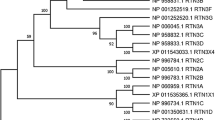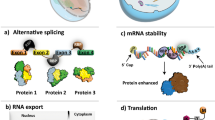Abstract.
Reticulons (RTNs) are a group of integral membrane proteins that have a uniquely conserved C-terminal domain named RHD. In mammalian genomes, transcripts are produced from four genes, rtn1 to rtn4, under the regulation of tissue or cell-type-specific expression. The presence of alternative promoters for gene expression and multiple cryptic splicing sites have resulted in large numbers of genes/proteins that are classified among the reticulon family. Although this family exists in almost all eukaryotes, only the rtn4 gene product, Nogo (RTN4), has gained relatively more in-depth attention. Despite predominant localization in the endoplasmic reticulum, Nogo on the cell surface appears to play a critical role as an inhibitory molecule for axonal growth and regeneration in humans and rodents. Recently, studies have expanded the biological functions of RTNs to other facets including modulating the enzymatic activity of β-secretase in Alzheimer’s disease. In this review, we summarize the accumulated findings concerning the structural and functional aspects of RTNs and speculate on their linkage to the pathogenesis of neurodegenerative diseases.
Similar content being viewed by others
Author information
Authors and Affiliations
Corresponding author
Additional information
Received 29 July 2005; received after revision 8 December 2005; accepted 28 December 2005
Rights and permissions
About this article
Cite this article
Yan, R., Shi, Q., Hu, X. et al. Reticulon proteins: emerging players in neurodegenerative diseases. Cell. Mol. Life Sci. 63, 877–889 (2006). https://doi.org/10.1007/s00018-005-5338-2
Published:
Issue Date:
DOI: https://doi.org/10.1007/s00018-005-5338-2




